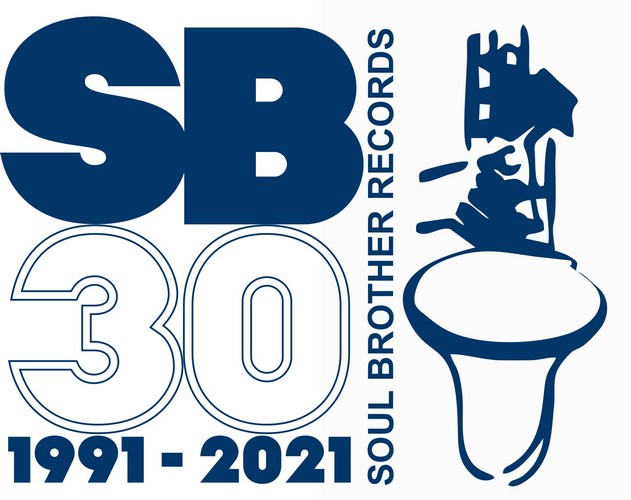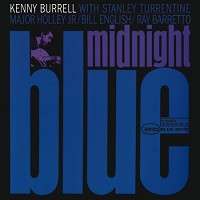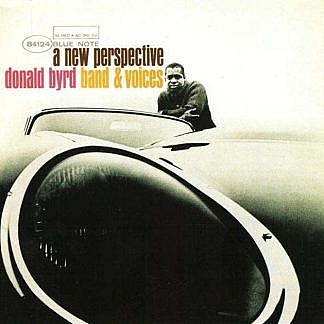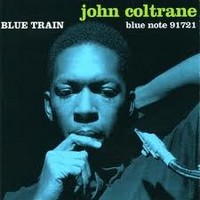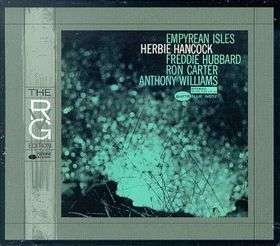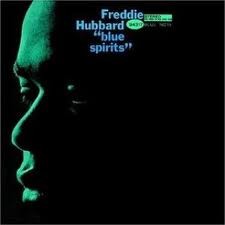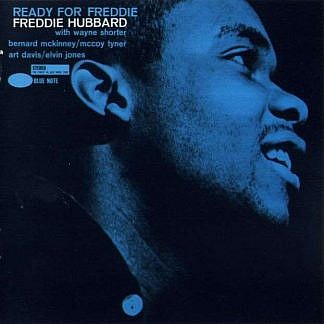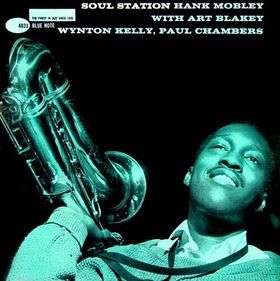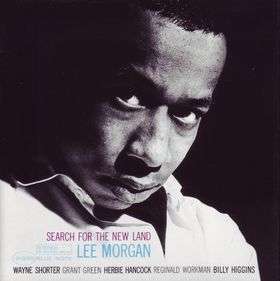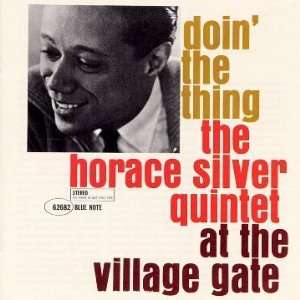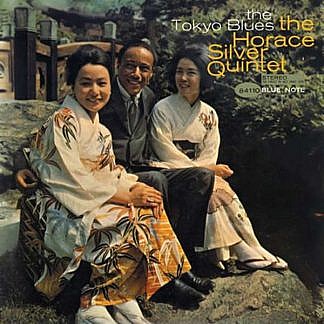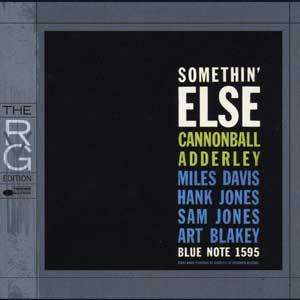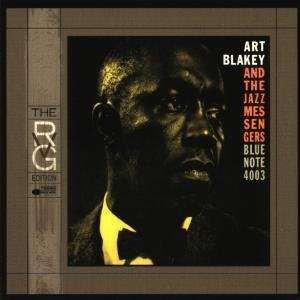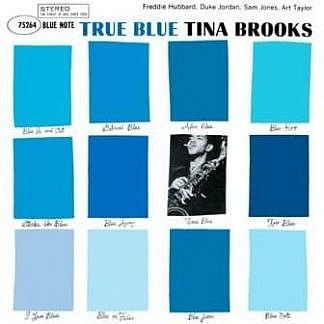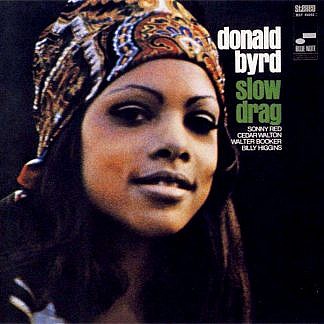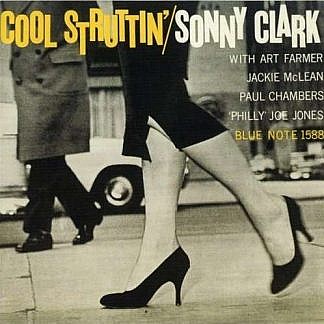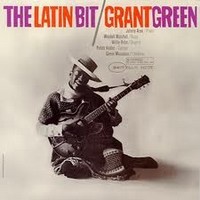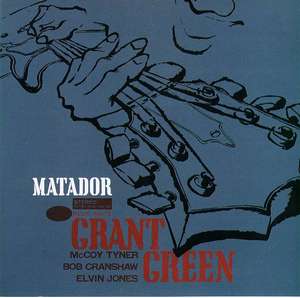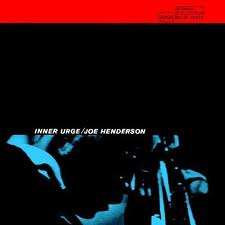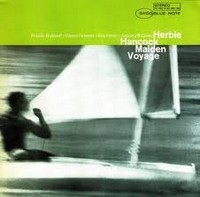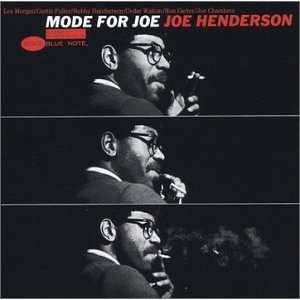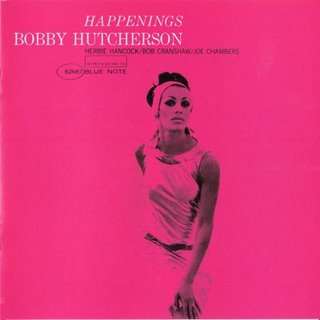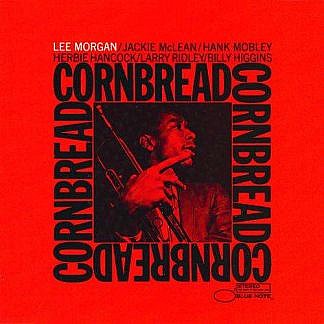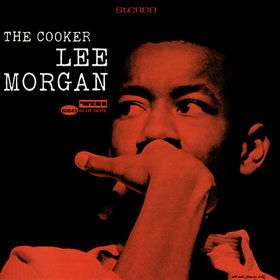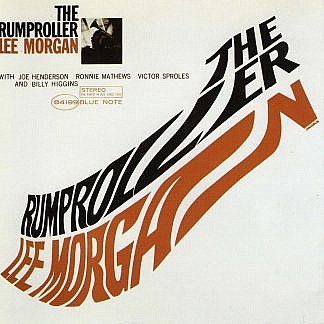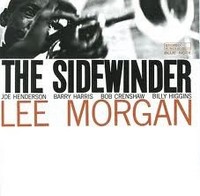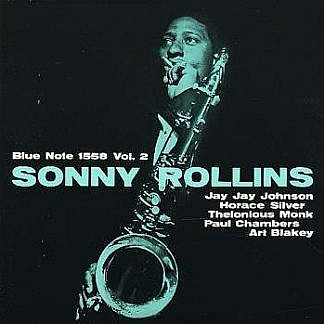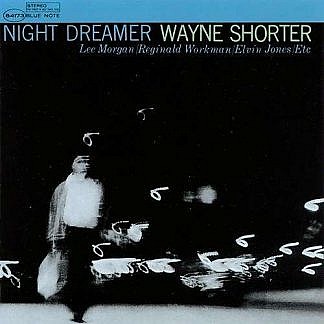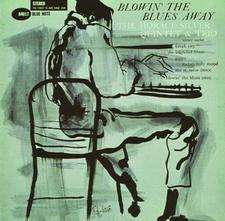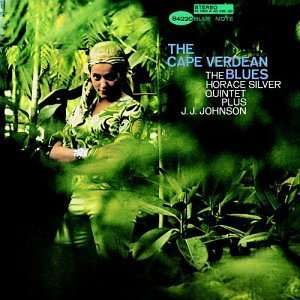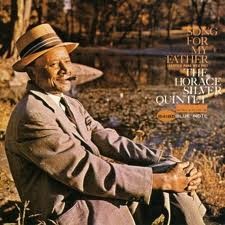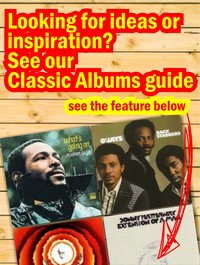![]()
Skip text, jump to albums >>
BLUE NOTE – ‘FINEST IN JAZZ SINCE….1939’
My fascination with Blue Note came late in life. I began my love affair with Jazz in my teens. It was the Jazz Funk of Herbie Hancock, Grover Washington Jr and Donald Byrd that captured my imagination; there was no need to look back in time to investigate other forms of Jazz, there was just too much great music around at that time.
The first two Blue Note records I bought were Donald Byrd’s ‘Black Byrd’ and Ronnie Laws’ ‘Pressure Sensitive’. See our JAZZ FUNK page for the funkier side of Jazz. Neither of these two albums could be described as classic Blue Note.
It was only during the Rare Groove/ Jazz dance era of the late eighties and early nineties that I started listening to the Hard Bop/ modal sound that formed the bedrock of late 50’s/ early 60’s Blue Note. First there was Horace Silver, Art Blakey And The Jazz Messengers, and then Hank Mobley and Lee Morgan too. Soon I was hooked. The driving grooves, the searing horn solos and the sheer excellence of the music just blew me away.
Most were recorded at Rudy Van Gelder’s studios in Englewood New Jersey or by him at New York Jazz clubs. The sound was tremendous; Soul or Pop recordings from the time sounded inferior, and still do. Whilst the Beatles or early Motown seem dated, contemporary Blue Note has a freshness and vitality that continues to this day. Listening to Art Blakey’s ‘Mosaic’ or Freddie Hubbard’s ‘Ready For Freddie’, it is hard to believe the sessions are fifty or so years old.
Yet even at that time Blue Note had been around for twenty years. Founders Alfred Lion and Francis De Wolff had been on one of the last ships to bring refugees from Nazi Germany before the Second World War. They brought with them a love of Jazz that they discovered in hedonistic Berlin of the Weimar republic, and before Hitler’s rise to power and the ensuing darkness that enveloped Europe.
It was the innovations of Van Gelder’s recordings, the emergence of Bop, and the invention of the twelve inch record that enabled Blue Note to record elongated tracks that came to define the label’s sound. Add to that the style of Blue Note as epitomised by Reid Miles’ sleeve designs and you had a formula, if not for commercial success then hugely so aesthetically.
It is in the sixties that Blue Note reached its zenith (in my opinion), many of its greatest and most successful albums were recorded in the decade – Horace Silver’s ‘Song For My Father’, Herbie Hancock’s ‘Maiden Voyage’ and Lee Morgan’s ‘The Sidewinder’ immediately come to mind. Although none of these albums would be amongst my all-time top ten Blue Note releases or even my favourite albums from these particular artists, they are rightly regarded as classics.
The sixties whilst seeing the label at its peak, paradoxically saw its decline too. So much sixties Soul Jazz is associated with Blue Note that the label came to epitomize the optimistic and upbeat sound of the time. Soon however the more accessible and more vocal sounds of Soul and Rock superseded Jazz.
Blue Note did however launch or help to launch the careers of many Jazz greats such as Herbie Hancock, Grant Green, Freddie Hubbard, Wayne Shorter, Lee Morgan, Bobby Hutcherson Andrew Hill and Joe Henderson.
Arguably, the label recorded the best work from the likes of Horace Silver, Donald Byrd, Jackie McLean, Hank Mobley, Art Blakey, Dexter Gordon and Stanley Turrentine. And this is not to mention to Hammond Organ grooves that artists like Jimmy Smith and John Patton recorded in this period.
Sold to Liberty Records, the label continued to release some great music throughout the sixties, but the ‘great’ era of the Blue Note sound had passed by about 1967. Blue Note’s musical legacy lives on in the hearts and mind of Blue Note aficionados, however, and is there for everyone to discover and enjoy.
The Hammond organ Jazz of the likes of Jimmy Smith, John Patton and Lonnie Smith and the Hammond albums of Lou Donaldson and Grant Green were a huge part of the Blue Note sound. A section on this essential element will be added to this page shortly.
Malcolm
